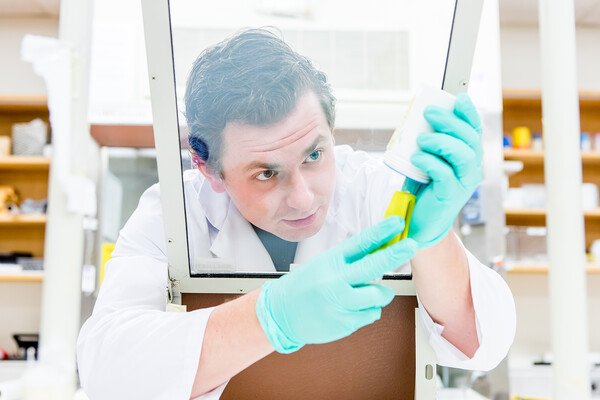Breadcrumbs
Student Profile - Allison Pages
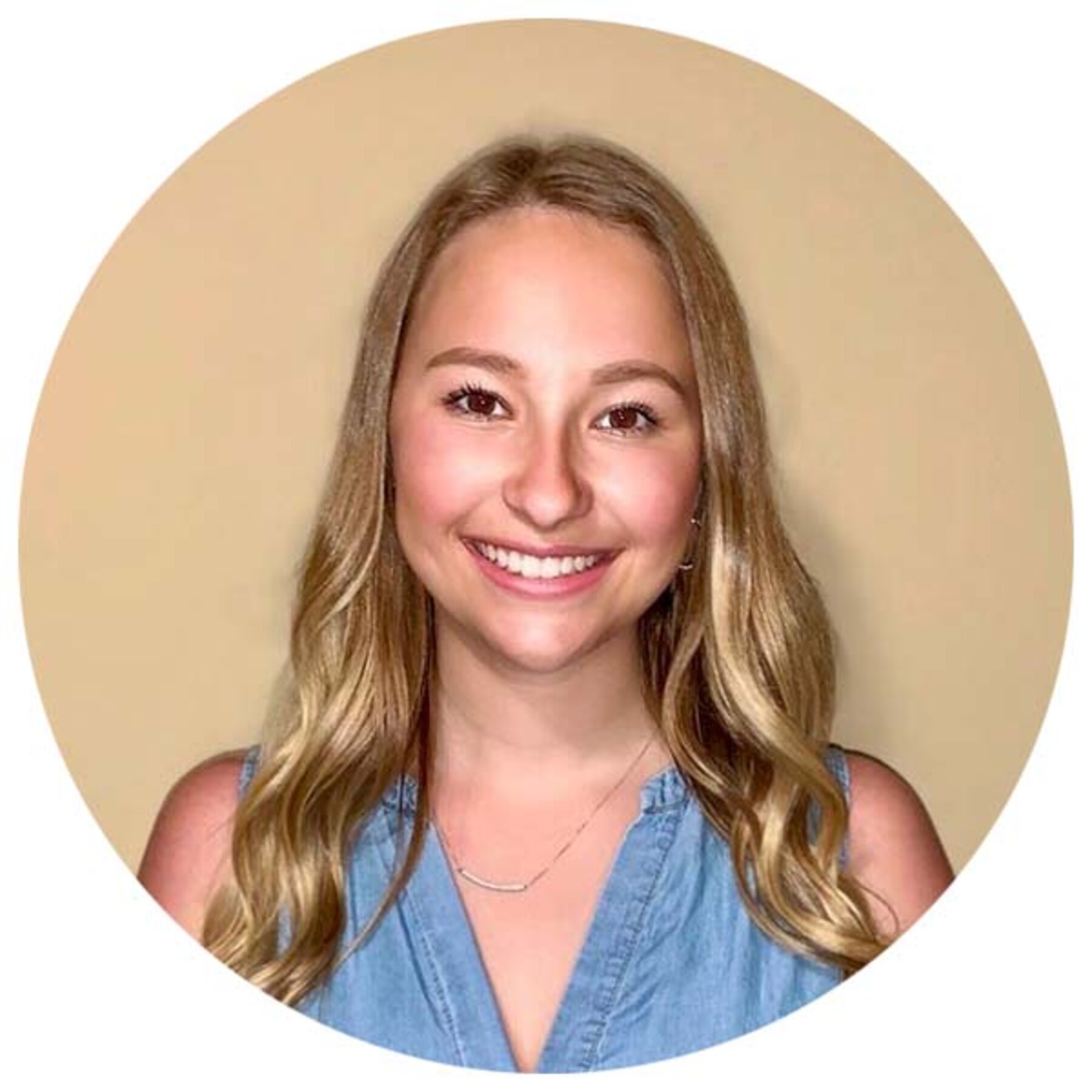
Allison Pages
MRS Class of 2022 (Nuclear Medicine & Molecular Imaging Technology)
Clinical Site: Thunder Bay Regional Health Sciences Centre (TBRHSC)
Hometown: Thunder Bay, ON
What and where did you study before joining MRS?
Before joining MRS, I studied Chemistry with Specialization in Medical Sciences at Lakehead University. This program opened up my eyes to many different health care pathways. I have always known since I was young that I wanted to work in the healthcare field, but I was unsure which area. During my final year of my chemistry degree, I took a radiopharmaceuticals class and introduction to medical imaging class. It was during these two classes that I realized nuclear medicine was the perfect pathway for me.
How has MRS been different than your previous program of study?
MRS has been different than my previous program of study for a few reasons. First off, this program has a lot of hands-on lab time to learn. Furthermore, we are also given the opportunity during lab to have standardized patients (actors) come in to practice for when we are in our clinical placement. This extra hands-on experience really helps us become prepared for our clinical placement and our first interactions with ‘real’ patients. Additionally, the MRS program has small class size which ultimately leads to a great success rate. The small class size allows for a more personable connection with classmates and professors which leads to a great learning outcome.
What attracted you to the MRS program?
I was attracted to the MRS program because it offers in-person class lecture, lab experience and clinical placement exposure. After graduation, I am able to start working in the healthcare field at a specific job right away. Moreover, there is no uncertainty of my occupation or pathway. Additionally, I was appealed to the idea that I was able to further my education and take a sub-specialty pathway. While learning your current material in your MRS program, you are given the opportunity to take a subspecialty pathway which then can lead to additional qualifications in MRI or Imaging informatics if a student chooses to pursue that program afterwards. I decided to take the MRI pathway so I plan to apply and finish off the program after I graduate nuclear medicine.
What has been the most unexpected or rewarding component of the program so far?
The most unexpected and rewarding aspect of my program so far is that I was published in the CAMRT newsletter. I was chosen and recommended by a professor to submit a reflection paper I wrote to CAMRT for a student submission. The reflection piece that was published is called “My Perspective on Learning Patient Care Skills During COVID-19”. Having my work published was a great honour and I certainly did not expect this to happen while I was a student.
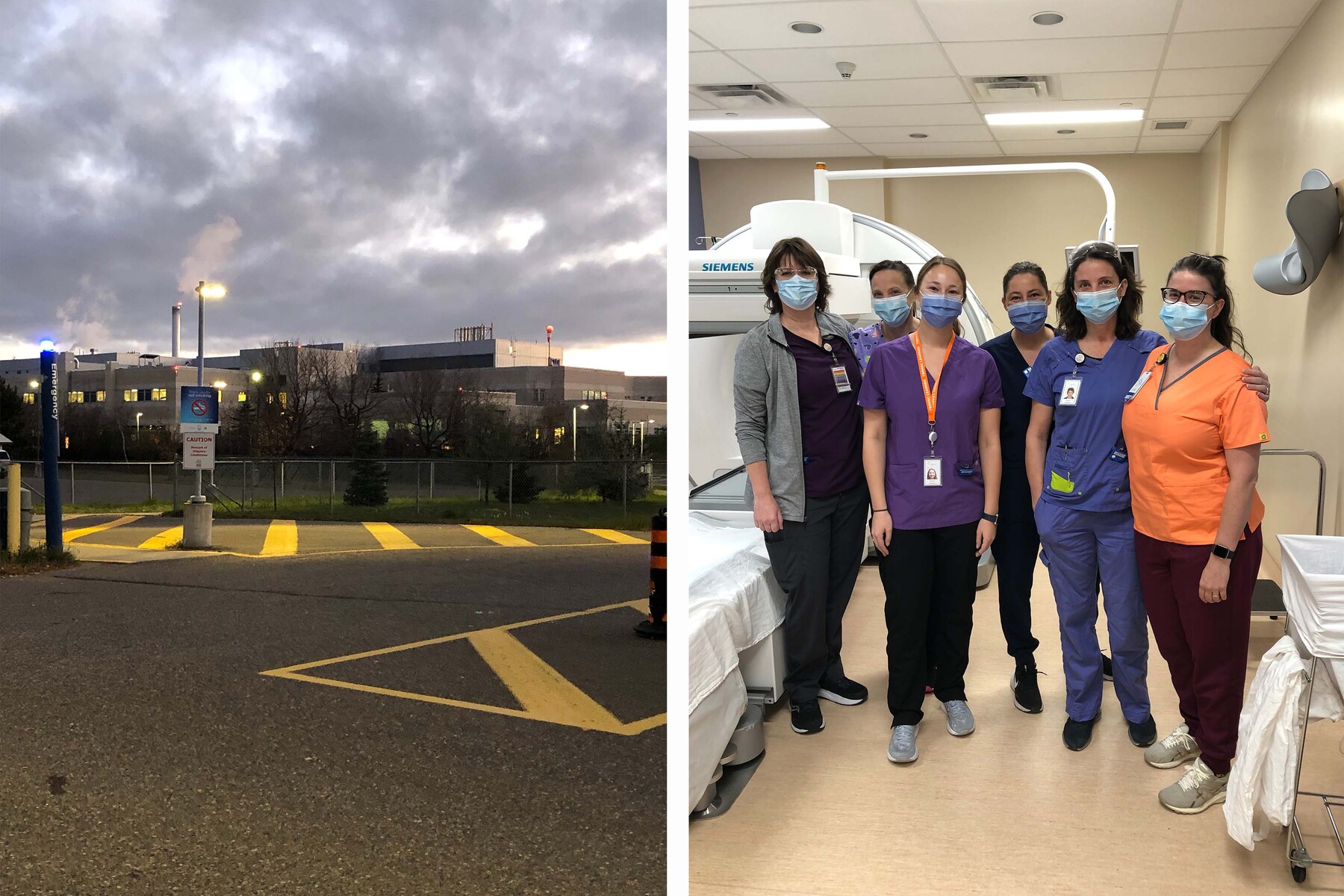
What is your average day like during your clinical placement?
An average day at my clinical placement is an 8 hour shift. I work five days a week, Monday to Friday. There are many different shift options at my clinical site. I could work 6:30am-2:30pm, 7:00am-3:00pm, 7:15am-3:15pm, 8:00am-4:00pm, 8:30am-4:30pm, 9:00am-5:00pm, or 9:30am-5:30pm. The nuclear medicine department at the TBRHSC is very busy. At times, we can have large amounts of requisitions pile-up resulting in the staff having to do overtime on weekends to catch up. My department has 5 different cameras and a thyroid probe. Some of my responsibilities are quality control of the cameras, injection and interviewing of patients, scanning patients, setting up the computer, radiopharmaceutical hot lab, and post-image processing.
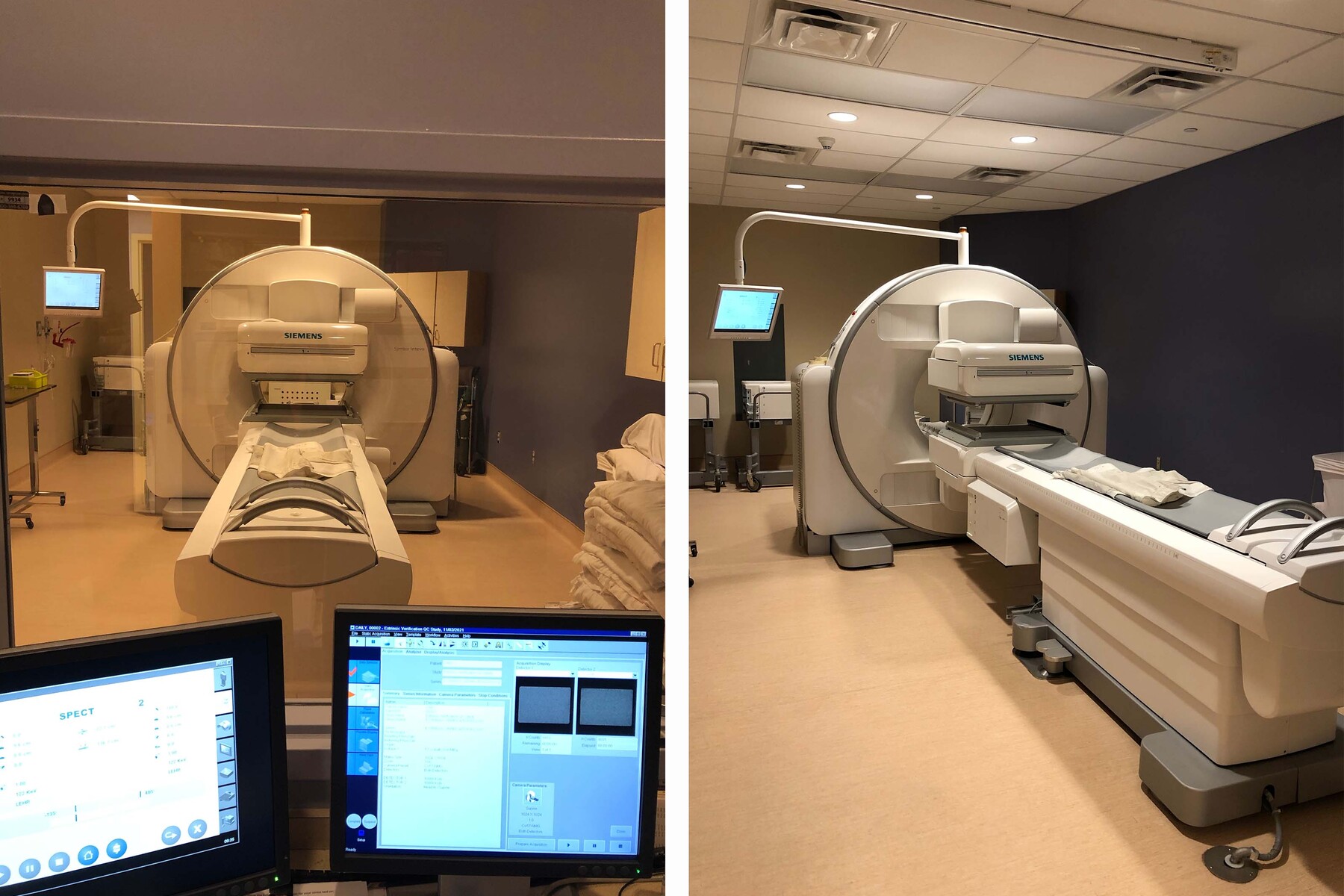
What has been the most rewarding part of your clinical placement so far?
The most rewarding part of my clinical placement is the wide variety of imaging procedures I get to participate in at my clinical site. Some interesting scans I got to see so far are I-131 therapy, radium therapy, CSF leak, and RBC liver hemangioma. Also, I find it rewarding getting to learn with technologists that I get to call coworkers one day. Being able to learn at a site where I will work one day is great luxury. I am overjoyed by all the opportunities I am given to further my education at the TBRHSC.
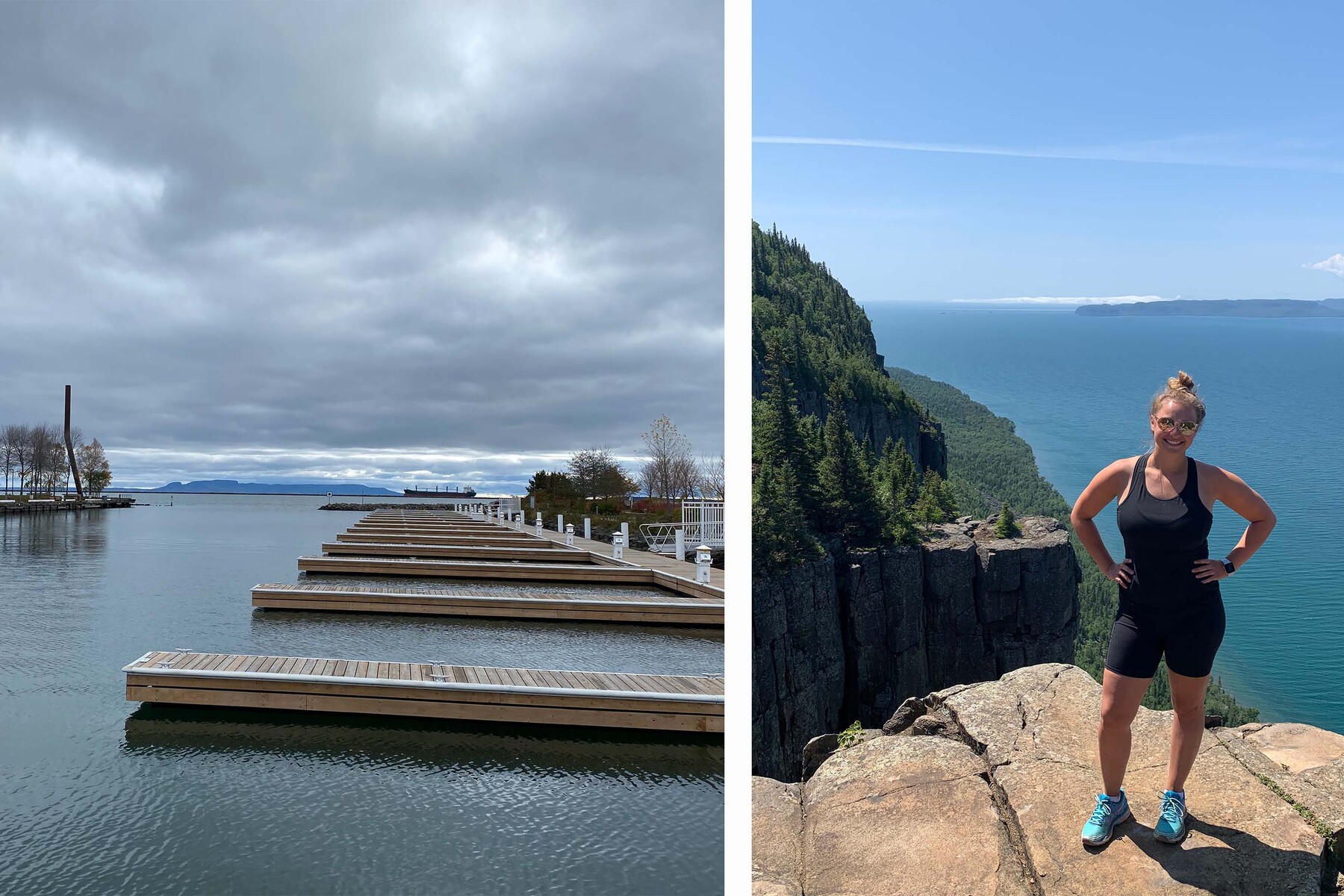
What do you think will be the most rewarding part of being an MRT?
The most rewarding part of being an MRT is being able to help patients and make an impact on their diagnosis. I feel honoured that I can be a part of patient’s health care journey and make even the smallest impact on their life. It is a great feeling when the patient expresses their appreciation for the work I have done to help their needs.
What are your plans for the future?
My plans for my future are to start working at my current clinical site. TBRHSC has already hired me with the intent and condition of starting once I graduate and write my certification exam. I also plan to continue my studies while I work as a nuclear medicine technologist. I would like to become a dual certified technologist so I will be applying to the MRI program with the intent to start in September 2022.

